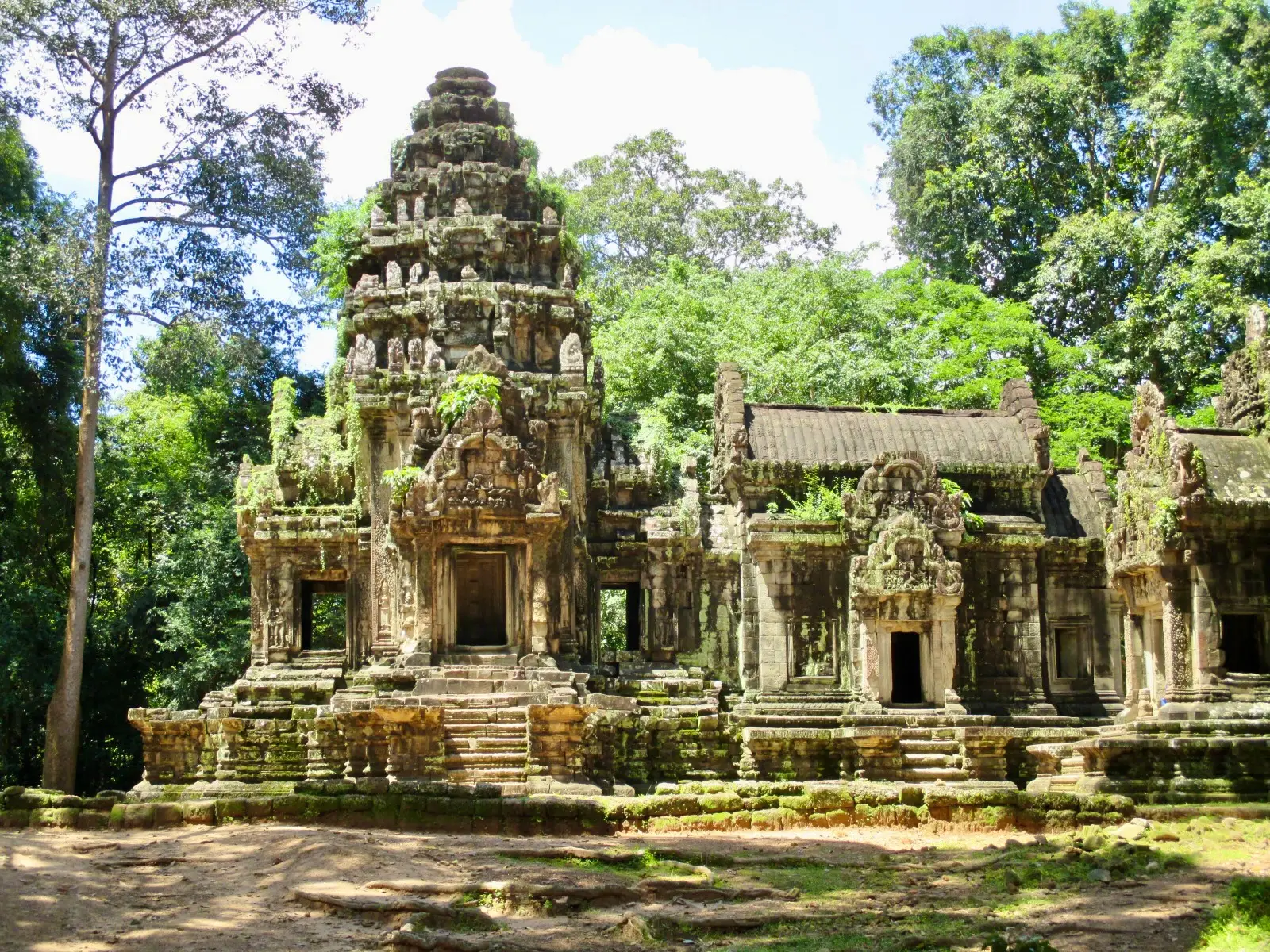Kundalini is a concept from the spiritual traditions of Hinduism and Tantra, particularly within the belief systems of Yoga and Sikhism. It refers to a form of primal energy (or shakti) believed to be located at the base of the spine. Kundalini is often depicted as a coiled serpent, representing potential energy waiting to be awakened.
Key Concepts of Kundalini:
- Kundalini Energy:
- Kundalini is considered a powerful energy that lies dormant within everyone. It is envisioned as a coiled serpent lying at the base of the spine, specifically at the root chakra (Muladhara).
- Kundalini is considered a powerful energy that lies dormant within everyone. It is envisioned as a coiled serpent lying at the base of the spine, specifically at the root chakra (Muladhara).
- Awakening:
- The process of awakening Kundalini is often pursued through spiritual practices such as meditation, pranayama (breath control), asanas (yoga postures), and chanting. The goal is to activate this energy and allow it to rise through the chakras (energy centres) along the spine.
- The process of awakening Kundalini is often pursued through spiritual practices such as meditation, pranayama (breath control), asanas (yoga postures), and chanting. The goal is to activate this energy and allow it to rise through the chakras (energy centres) along the spine.
- Chakras:
- As Kundalini energy rises, it is believed to pass through the seven main chakras, each corresponding to different aspects of physical, emotional, and spiritual health. The journey culminates at the crown chakra (Sahasrara) at the top of the head, representing the union with divine consciousness.
- As Kundalini energy rises, it is believed to pass through the seven main chakras, each corresponding to different aspects of physical, emotional, and spiritual health. The journey culminates at the crown chakra (Sahasrara) at the top of the head, representing the union with divine consciousness.
- Spiritual Enlightenment:
- Awakening Kundalini is associated with profound spiritual experiences and enlightenment. It is believed to bring increased awareness, heightened intuition, and a deeper connection to the divine.

Belief System:
- Hinduism:
- Kundalini is a significant concept within the broader framework of Hindu spirituality and philosophy. It is particularly emphasised in certain schools of Yoga, such as Kundalini Yoga, which combines postures, breath work, chanting, and meditation to awaken this energy.
- Kundalini is a significant concept within the broader framework of Hindu spirituality and philosophy. It is particularly emphasised in certain schools of Yoga, such as Kundalini Yoga, which combines postures, breath work, chanting, and meditation to awaken this energy.
- Tantra:
- In the tantric tradition, Kundalini is seen as a vital force that, when awakened, leads to spiritual liberation and transformation. Tantra involves rituals and practices aimed at harnessing and directing this energy for spiritual growth.
- In the tantric tradition, Kundalini is seen as a vital force that, when awakened, leads to spiritual liberation and transformation. Tantra involves rituals and practices aimed at harnessing and directing this energy for spiritual growth.
- Sikhism:
- Kundalini Yoga was popularised in the West by Yogi Bhajan, a Sikh spiritual teacher. While Kundalini itself is not originally from Sikhism, Yogi Bhajan integrated it into his teachings to promote health and spiritual awareness.
In summary, Kundalini is a powerful spiritual concept from Hinduism and Tantra, focusing on awakening latent energy within the body to achieve spiritual enlightenment and heightened consciousness.

















